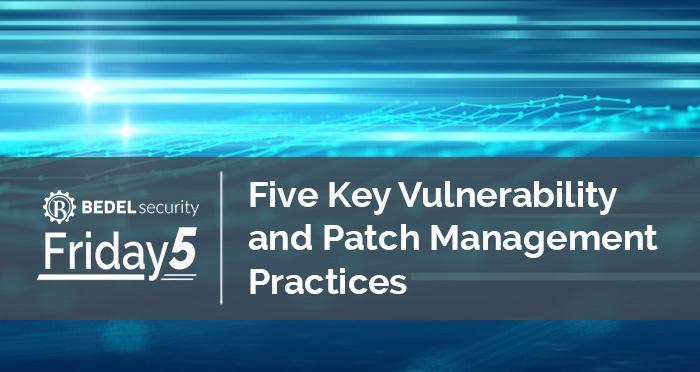Corporate Account Takeovers
I want to talk about something that’s been on my mind a lot lately: corporate account takeover (CATO). As someone who has worked in the cybersecurity...
2 min read
Brian Petzold : Mar 13, 2020


As the COVID-19 virus was beginning to make more headlines two weeks ago, we published an article about pandemic planning to help institutions prepare. We continue to see an increased focus on pandemic planning and testing as the COVID-19 situation escalates, as well as increased pressure from regulatory agencies to take preparation seriously.
This week, we are providing a list of recent developments and common themes that we are seeing as institutions prepare:
Bedel Security helps institutions with all aspects of cybersecurity governance. As part of our BCP Planning module, we help institutions with their BCP and pandemic planning. If your institution is having a hard time keeping up with the current situation, we can help! Give us a call any time at 833-297-7681 or email us at support@bedelsecurity.com.
Remote Access Risk Assessment
https://www.bedelsecurity.com/lp-remoteriskassessment

I want to talk about something that’s been on my mind a lot lately: corporate account takeover (CATO). As someone who has worked in the cybersecurity...

The holiday season is right around the corner, and that means it’s time for festive decorations and lots of quality time with our friends and family....

The recent increase in the number of data breaches has made many financial institutions take a harder look at their vulnerability and patch...